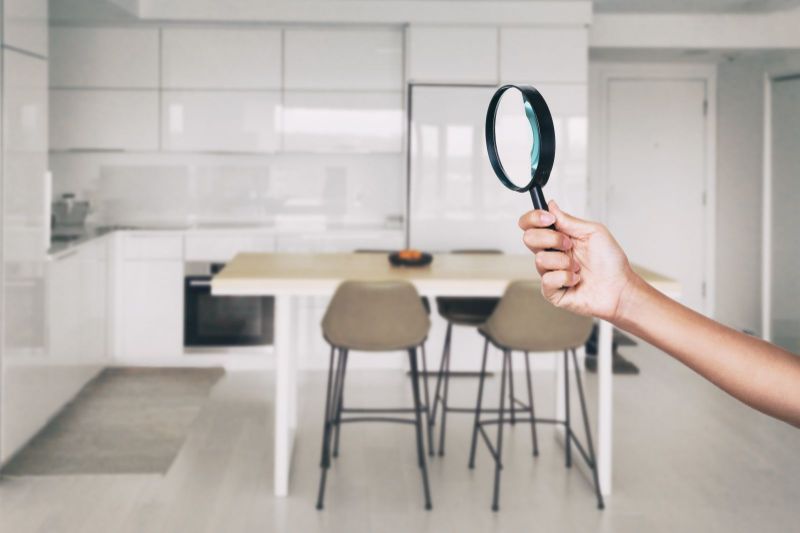Water damage is a common problem in homes, and the cause may not always be readily apparent. If you're planning on buying a house or apartment with a kitchen and remodeling it, it's worthwhile to know some of the leading causes of water damage in standard kitchens at home. This article will offer that information to home buyers, so you can better prepare yourself for remodeling the kitchen.
1) Leaky Valves or Faucets
Check your faucets, valves in your sinks, and water fixtures to ensure they work correctly to minimize the risk of flooding. If you see any leaks, you may need to repair or replace them before they end up causing more significant problems.
2) Dishwasher
The door seal pins are likely worn if you notice a leak under the dishwasher. This can cause small areas of water to seep under the door, which gets trapped by the seal and cause a leak. You can fix this leak or have it corrected if it leaks too much water.
3) Leaking Hoses
If you notice water damage around your sink anywhere other than the dishwasher, one of the hoses is leaking. While an overflowing toilet or sink is easy to see, more subtle signs of a leak in your kitchen require some investigation.
4) Leaking Caulk or Gaskets
Another common cause of water damage in kitchens is that old caulk or gaskets have worn out and have failed to seal off a leaky pipe or under sink cabinet. If you're having trouble with any of these areas or notice signs of leakage, address them early enough.
5) Water Damaged Floor Surfaces and Walls
Water damage to floors, walls, and other surfaces is typical in the kitchen, where a flood can gain access from anywhere in the house. Water damage can also be caused by unseen leaks around faucets, dishwashers, and hoses, so even if you see no signs of water damage, it's still important to inspect all parts of the house and kitchen.
Ways to Prevent Water Damage in the Kitchen
While the kitchen is a high-traffic area of the house, it is essential to practice a few basic rules to prevent water damage in the kitchen. Here are some tips:
1) Keep a trashcan under the sink and place it where it won't get in the way of the pipes. If you have a garbage disposal, make sure it is turned on before using the sink for any food items with large amounts of water. Ensure cleanup supplies like dish soap and detergent are kept from near the sink, as these can damage work surfaces.
2) Ensure all faucets are tightened and in good repair by checking them regularly for leaks or drips. Caulk around sinks and bathroom fixtures to ensure no leaks occur around your taps or behind your walls.
3) Use floor mats or rugs to protect the floor from slips and other accidental falls, and make sure that you have a backup system for water disposal, especially if your kitchen is planned as part of your home renovation.
4) Have a garden hose or a standpipe at least three feet away from any kitchen sink area or water fixtures. This will help prevent water damage to the walls, floors, and other surfaces near it in case of an accident.
5) Use plastic containers that can be placed under sinks and drains when there's any potential for flooding in your kitchen. Plumbing supply companies sell these as anti-flooding devices.
6) Make sure that any water-damaged areas are cleaned thoroughly and inspected by hiring professional cleaners for a limited period. This will help ensure that no other things around the kitchen are damaged, which can lead to even more significant problems.
7) Lastly, make sure to have your home inspected by a professional when buying it, just in case there are any water damage issues that you might not have noticed first-hand.
If you notice any of these signs indicated by your home inspector, you must find out about water damage repair to restore your home's value. Your home inspector should be able to provide this information when they give recommendations on how to address it.

